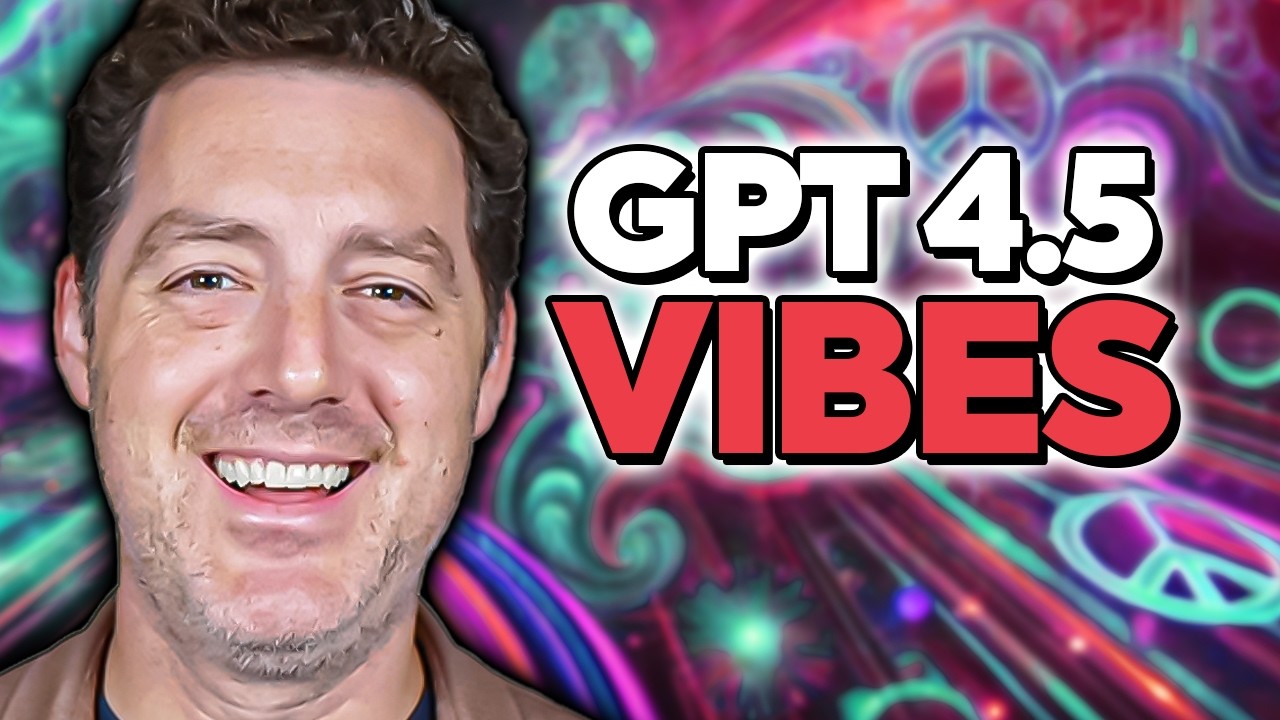OpenAI’s GPT-4.5 introduces significant advancements in unsupervised learning and reasoning, enhancing its ability to handle complex tasks and improving emotional intelligence for more intuitive interactions. However, its high pricing, reaching up to $150 per million output tokens, may limit accessibility despite its impressive capabilities.
OpenAI has released GPT-4.5, their most advanced and knowledgeable model to date, emphasizing improvements in both unsupervised learning and reasoning. This new model aims to enhance its ability to handle complex tasks, such as science and math problems, by teaching it to think critically before responding. The advancements in training and inference techniques have resulted in a model that not only possesses a vast amount of world knowledge but also reduces hallucinations, making it a more reliable source of information.
One of the standout features of GPT-4.5 is its focus on “vibes,” which refers to the model’s emotional intelligence and ability to pick up on social cues. This makes interactions feel warmer and more intuitive, allowing it to respond in a way that is contextually appropriate. For example, when asked for advice on a personal issue, GPT-4.5 can provide nuanced responses that consider the user’s emotional state, making it a more effective AI assistant for everyday conversations.
In comparisons with previous models, GPT-4.5 demonstrates significant improvements in both factual accuracy and conversational flow. While earlier models like GPT-3.5 and GPT-4 provided useful information, GPT-4.5 excels in guiding users through complex ideas and maintaining a natural tone. This makes it particularly useful for tasks that require collaboration and emotional understanding, although it may not always be the best choice for deep research or highly technical inquiries.
The video also highlights the technical innovations behind GPT-4.5, including the use of low precision training and parallel pre-training across multiple data centers. This approach allows OpenAI to maximize computational resources and improve the model’s performance, making it accessible to a wider range of developers and businesses. The evolution of the GPT series is illustrated through a demonstration of how responses have improved over time, showcasing the model’s journey from incoherent answers to clear and concise explanations.
Finally, the pricing for GPT-4.5 is notably high, with costs reaching up to $150 per million output tokens. Despite its advanced capabilities, the model’s expense may limit its accessibility for some users. Overall, GPT-4.5 represents a significant step forward in AI development, combining enhanced knowledge, emotional intelligence, and improved conversational abilities, while also raising questions about the implications of its pricing and the potential for bias in its responses.
